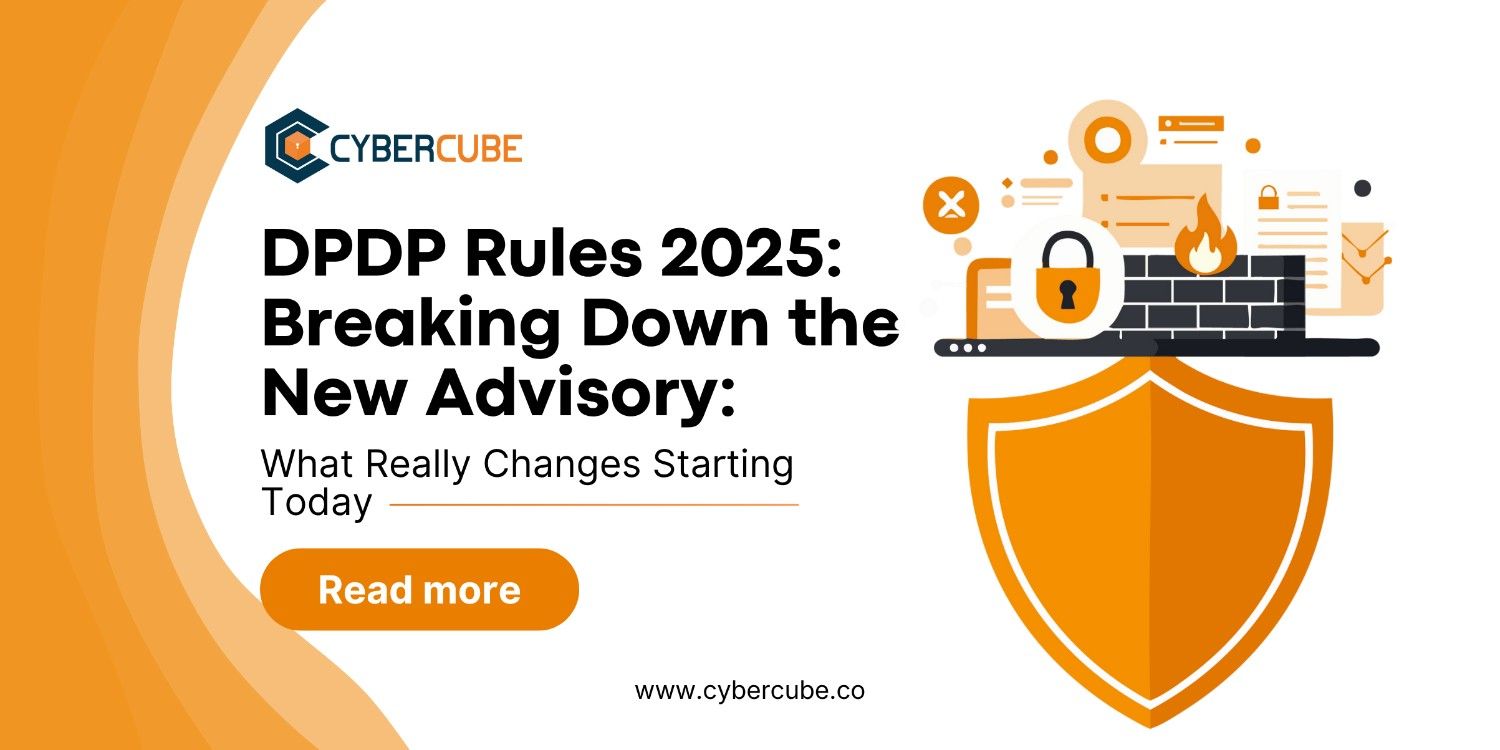
When the new Digital Personal Data Protection (DPDP) Rules, 2025 were published in the Gazette today, the cybersecurity and compliance world in India felt the shift immediately. The rules had been in draft mode since January, but seeing them finalized with clear timelines, obligations, and operational requirements, marks a turning point for how organisations collect, use, secure, and retain personal data.
We went through the advisory line by line, and what stood out was how practical and execution-focused the rules are. They aren’t just high-level principles; they give detailed instructions on everything from breach reporting formats to data retention windows to how a Data Fiduciary should phrase their notices. Here’s a behind-the-scenes look at the biggest changes and what they mean for organisations moving forward.
The DPDP 2025 Timeline: Explained in Simple Words
The new rules are not starting all at once. They will roll out in three phases so organisations get time to adjust. Here’s the simplest way to understand it:
Phase 1 — Effective From 7 November 2025
These rules started on the same day they were published.
What started on 7 Nov 2025:
- Definitions
- General procedures
- Penalty-related rules
- Grievance redressal rules
Phase 2 — Effective From 7 November 2026 (After 1 Year)
Rule 4 activates after exactly one year.
What is Rule 4 about?
- How Consent Managers operate
- Their duties and responsibilities
- How users interact with them
- The framework for registered Consent Managers
That means organisations have 1 year to fix consent mechanisms.
Phase 3 — Effective From 7 May 2027 (After 18 Months)
The heavy operational rules come into force 18 months after publication. This includes:
- Security safeguards
- Breach notifications
- Data retention & deletion rules
- Children's data protections
- Duties for Significant Data Fiduciaries
- Logging requirements
- Most technical & governance controls
1. Notices Now Need to Be Crystal-Clear
The rules emphasise that notices must be understandable independently, in clear and plain language, with an itemised description of personal data being processed and the purpose behind it. No more vague privacy statements hidden behind legal jargon. Users need to know exactly what they’re consenting to and organisations must prove they’ve communicated it well.
2. Stronger Safeguards & Mandatory Logging
Security is no longer a “best practice”; it’s explicitly required. The advisory mandates:
- Encryption / masking
- Access control
- Visibility through logs
- Backup continuity during availability / integrity issues
- Retaining logs for at least one year
This is a major shift because logging is now a compliance requirement, not just a security one.
3. Mandatory Breach Notifications and Very Detailed Ones
If you suffer a breach, you must now notify:
- The affected individuals, and
- The Board — within a prescribed structure.
Notifications must include the nature, extent, timing of the breach, mitigation steps and even the safety measures individuals can take. The Board also requires a detailed report, including root causes and remedial steps. This creates a new culture of transparency and leaves no space for silent breaches.
4. Clear Data Retention and Erasure Windows
The Rules introduce purpose-based retention and strict erasure timelines. For e-commerce, social media, and gaming companies, the same pattern applies:
- Personal data must be erased three years after the last user interaction (unless required by law).
- Every Data Fiduciary must keep logs for at least one year before erasure.
This is perhaps one of the most operationally impactful changes because it affects storage, backups, archiving, and access structures across organisations.
5. Higher Obligations for Significant Data Fiduciaries
If your organisation is notified as a Significant Data Fiduciary, expect:
- Annual DPIAs
- Annual audits
- Due diligence of algorithms
- Additional restrictions on cross-border transfers for certain categories of data
This raises the maturity bar especially for high-volume, high-risk processors.
6. Special Protections for Children’s Data
Processing a child’s personal data now requires verifiable parental consent. The rules explain what counts as verifiable, what identity checks are allowed, and even permit the use of authorised virtual tokens for age proofing. This directly impacts ed-tech, gaming, social media, and any service with young users.
The Bottom Line
The DPDP Rules, 2025 aren’t just another compliance document — they’re a blueprint for a safer digital future. But they also require organisations to relook at their security posture, data architecture, user interfaces, vendor contracts, breach readiness, and governance models.
And the real challenge? The timelines. Some rules activate immediately, some in one year, some in eighteen months. Prioritisation becomes critical.
At CyberCube, we’ve already started creating simplified checklists and internal breakdowns to help teams adapt quickly. If you want a crisp, actionable interpretation of what applies to your industry, feel free to reach out as we’re decoding it all in real time.
Get Your DPDP Readiness Checklist
CyberCube offers DPDP 2025 compliance toolkits, checklists, and advisory sessions to help you prioritise, document, and demonstrate compliance efficiently.